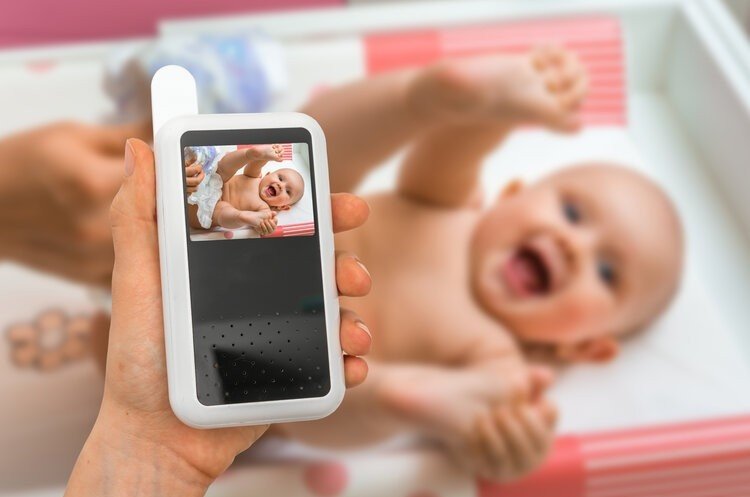Video Support for Virtual Visits
Depending on your issues/questions, it can be very helpful to see some videos of your baby, of feeding and of pumping before our visit. Read the tips below to learn how to take the best videos that you can, so you can get the most out of your visit. You can upload your videos to the portal in Practice Better or you can email them to britt@milkface.com.
You will be sent you a welcome email with a link for your visit. I use my secure health care portal Practice Better for all virtual visits.
TIPS AND STRATEGIES TO GET GOOD VIDEOS
It can be helpful to send videos in advance of a virtual visit. Read the tips below to learn how to take the best videos that you can, so you can get the most out of your visit.
-
Light is what helps be able to capture a video more clearly. For videos to show inside your baby's mouth, you will need to video with the flash on. Natural light generally isn't enough to see the details clearly enough to get a good assessment.
-
To take a good video for a virtual assessment, most videos need a stand or a second pair of hands. For latching and feeding videos, holding the camera changes your natural positioning. For intra-oral vidoes, its hard to get a good video without having someone to hold your baby still.
-
It’s OK if there is background noise, your toddler runs through, or the first part of the video looks at the ground. As long as we can see what is going on, the video is fine.
-
Small videos upload better than large ones, so feel free to take several small videos to upload.
-
Once your you have made your videos and your visit is confirmed, you'll get an invitation to join my practice platform and you can upload your videos inside.
RECOMMENDED VIDEOS FOR VIRTUAL VISITS
Taking a video of each of the following below will help me be able to understand your baby's challenges easily with a virtual visit.
-
Show me what a normal latching session looks like for you, so I can see how you bring your baby to your chest or breast. The best angle is from the side, so that I can see how your baby is being brought to the your body while being able to observe their behavior during the latching process.
-
If you have concerns over any behaviors that your infant is showing, either before, during or after feeding, a video can be helpful to help us more fully understand their behaviors. Sometimes, solving feeding challenges can be like finding all of how the pieces of the puzzle fit together.
-
If you have concerns over any behaviors that your infant is showing, either before, during or after feeding, a video can be helpful to help us more fully understand their behaviors. Sometimes, solving feeding challenges can be like finding all of how the pieces of the puzzle fit together.
-
Take a picture and video of your nipples in your flange so that we can make sure your pumping is as effective and comfortable as possible.
-
Show me your baby lying down on their back when they are un-swaddled and are quiet-alert, and down to their diaper, on a flat surface. Please don’t take the video in a container such as a swing or rocker. Sometimes, seeing more than one video can help see tension patterns that are repeated that can be having a role in making feeding challenging for you.
-
Your infant's position and body during Tummy Time helps to provide invaluable information about their overall mobility and feeding challenges.
-
If you’re concerned about potential ties, please send 3 videos:
1 - flipping up the upper lip (like in the first few second of this video)
2 - looking under the tongue (as shown in this video
3 - baby sucking on your finger

